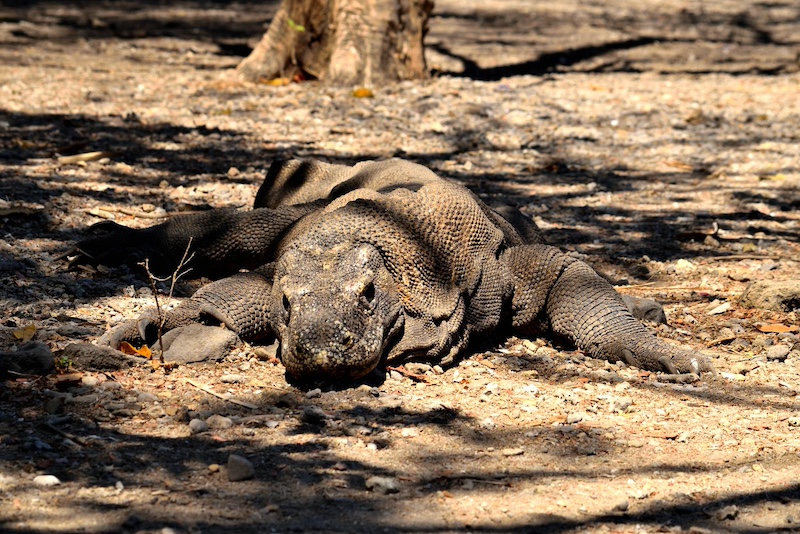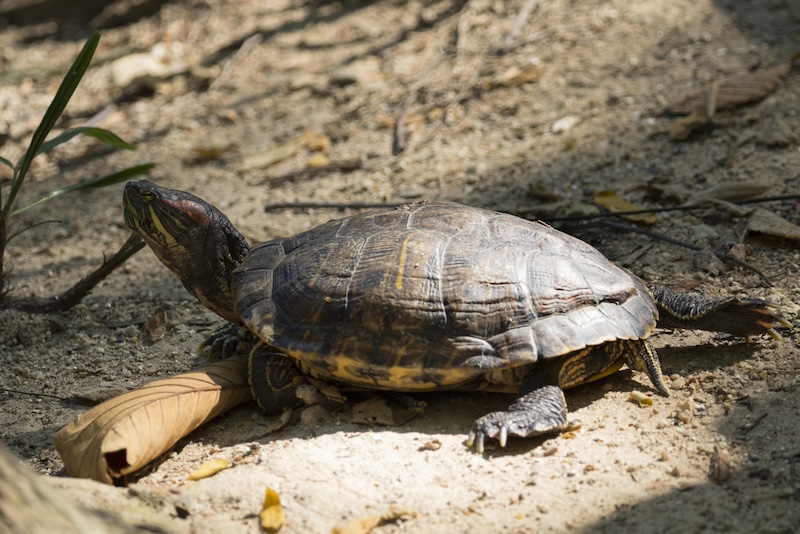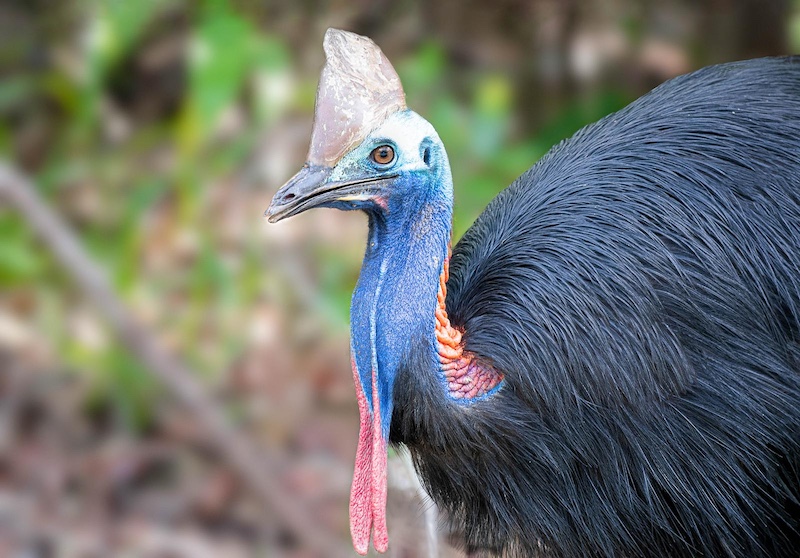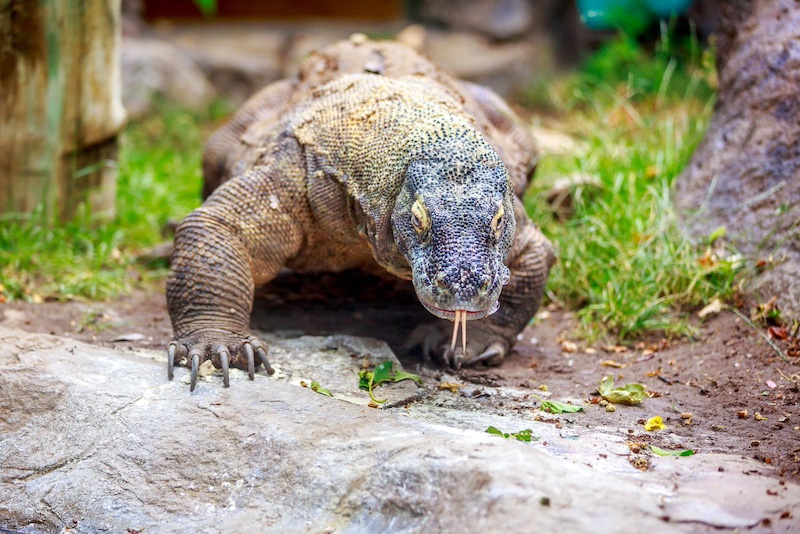Dinosaurs, the colossal creatures that roamed Earth millions of years ago, have fascinated scientists and enthusiasts alike. While many of these prehistoric giants went extinct, their legacy lives on in the form of their modern descendants. Here are ten remarkable animals that evolved from dinosaurs, showcasing the enduring influence of these ancient giants on today’s wildlife.
1. Chickens

Chickens are direct descendants of theropod dinosaurs, specifically the group of avialans. Their evolutionary journey from small, feathered dinosaurs to the birds we know today involved the development of features such as feathers, beaks, and a lightweight skeleton. Chickens, like their dinosaur ancestors, have retained certain primitive traits, such as their keen sense of vision and nesting behaviors.
2. Crocodiles

Although crocodiles may not resemble their prehistoric relatives as closely as chickens do, they share a common ancestor with dinosaurs. Crocodiles, along with chickens, belong to a group called Archosauria, which also includes dinosaurs. While they diverged from the main dinosaur lineage, they still retain many ancient traits, including their robust jaws and semi-aquatic lifestyle.
3. Alligators

Like crocodiles, alligators are part of the Archosauria group and are distant relatives of dinosaurs. They evolved from a common ancestor with dinosaurs and have maintained several primitive features over millions of years. Their large size, armored skin, and powerful bite reflect their ancient lineage.
4. Komodo Dragons

The Komodo dragon, the world’s largest lizard, shares evolutionary roots with the ancient giant reptiles. Although they did not directly evolve from dinosaurs, their ancestors did. Komodo dragons are part of the family Varanidae, which includes monitor lizards, some of which evolved from dinosaur-like ancestors. Their large size and predatory nature hint at their ancient lineage.
5. Iguanas

Iguanas, another group of lizards, have ancient roots that trace back to dinosaur-like ancestors. While they are not direct descendants of dinosaurs, their evolutionary history intersects with that of early archosaurs. Iguanas have adapted over millions of years but still retain some primitive features that echo their distant ancestry.
6. Turtles

Turtles are one of the oldest reptilian groups and have been around since the time of the dinosaurs. While they did not directly evolve from dinosaurs, their ancestors were contemporaneous with them. The hard shell of turtles, a key feature of their anatomy, has evolved from early reptilian ancestors that coexisted with dinosaurs.
7. Peacocks

Peafowls, or peacocks, are another example of modern birds tracing their lineage back to dinosaurs. Their elaborate plumage and courtship behaviors have evolved from their theropod ancestors, showcasing how some dinosaur traits have been preserved and modified over millions of years.
8. Ostriches

Ostriches, the largest living birds, are descendants of theropod dinosaurs. Their long legs and large bodies are reminiscent of their dinosaur ancestors. As flightless birds, ostriches have retained some characteristics of their dinosaur lineage, including their powerful legs and robust build.
9. Emus

Emus, like ostriches, are flightless birds that evolved from theropod dinosaurs. They are part of the group called ratites, which includes other flightless birds such as kiwis and cassowaries. Their evolutionary history connects them to the ancient dinosaurs that once roamed the Earth.
10. Cassowaries

Cassowaries, large flightless birds native to Australia and New Guinea, are direct descendants of theropod dinosaurs. Their formidable size, striking colors, and powerful legs highlight their connection to the ancient dinosaur lineage, making them a living link to the distant past. Please Note: This content was created with the assistance of AI and thoroughly edited by a human before publishing.

